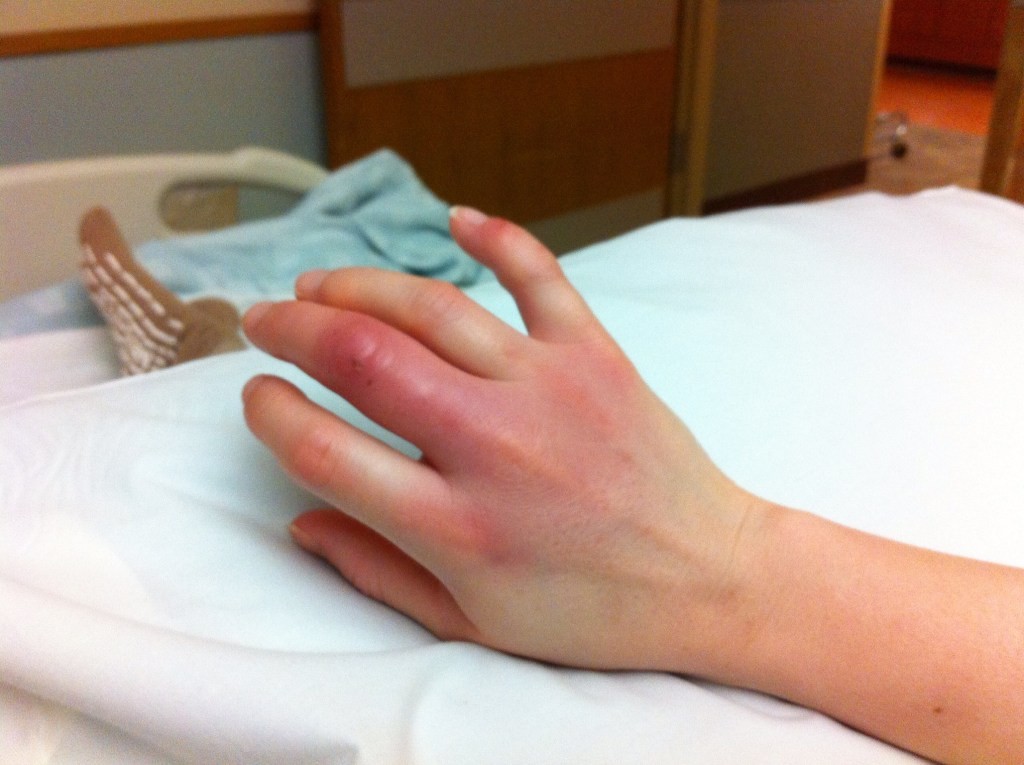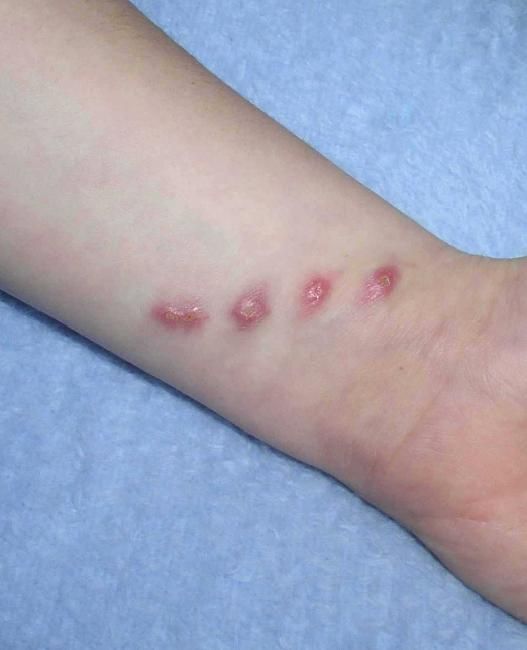The Little-Known Dangers Associated With Feral Cat Bites
Cat bites, particularly those from feral cats, are a lot more dangerous than most people think. Cats and dog bites differ because cats carry different bacteria and microorganisms that can lead to serious infections and potentially life-threatening illnesses. In fact, some estimates suggest that over 80% of bites from wild or stray cats lead to an infection. Let’s look at some basic information about the risks and treatment options available if you or someone you know gets bitten.
Why Bites are Serious
Cat bites are dangerous because their teeth are long and narrow, and they create deep puncture wounds where bacteria and other microorganisms are deposited. Additionally, many bites occur on the hands or fingers, and nerve, cartilage and tendon damage is not uncommon. There have been many cases in which victims lost the use of one of their fingers or part of their hand due to a strategically-placed cat bite.
The deep wounds are why most bites will develop into infections as the bacteria are harder to remove from the shallower, wider ones caused by dogs. While both are serious, cat bites are more-likely to lead to local as well as systemic infections that could develop into a life-threatening emergency. As bacteria are harder to remove, infections can be difficult to treat and start to spread.
Depending on the type of bacteria or other microorganism that is introduced into the body, infections can range from painful inflammation that lasts for a couple of weeks to nerve damage or tissue damage. Some infections can travel through the bloodstream and start to impact other systems in the body. However, serious, life-threatening infections tend to develop because victims either delayed treatment, received inappropriate initial care, or have suppressed immune systems.
What to do When Bitten
The first thing to do is to either seek immediate medical care or thoroughly clean and disinfect the wound. However, it’s important to remember that these will be puncture wounds of varying degrees of depth, and you need to get into the deepest parts possible and clean them out in order to minimize the chance of an infection developing. This may involve needing to use a syringe and some betadine and peroxide in order to get the wound cleaned as thoroughly as possible. It will also be a painful process for the patient as a little soapy rinse and ointment won’t be enough.
If you have antibiotics available, think of administering a course just to be on the safe side. If possible, get a tetanus booster in order to minimize your risk of exposure since cats are carriers. If you can’t get to medical care right away, keep an eye on the wound. After cleaning, apply some antibiotic ointment, place a dressing and secure it in place. Check it at least twice a day and re-clean the wound with the syringe and antiseptic at least once a day.
You also want to be on the lookout for smelly, pussy or discolored drainage, swelling, redness or an increase in the level of pain. These are all signs of infection that need to be treated as quickly as possible. Sometimes basic, general antibiotics such as amoxicillin or penicillin will work. However, some forms of the bacteria will require other alternatives.
Only you can decide when to make the call to get medical treatment, but it’s a good idea to err on the side of caution in order to nip the problem in the bud as soon as possible. During a survival situation, you may need to rely on your first aid kit and your ability to keep the wound clean. Providing basic antibiotics and giving foods or supplements that can boost the immune system until you can get access to definitive care can also be helpful.
Cat Scratch Fever
Cat scratch fever is a bacterial infection that can be transmitted through a scratch or a bite. Common symptoms that usually begin to develop a few hours after exposure include blistering or bumps around the site of the bite and swollen lymph nodes. Nodes will usually swell near the bite site before spreading throughout the body as the immune system kicks in to try and kill off the bacteria. Fatigue, a low grade fever and sore throat are also common symptoms.
What makes cat scratch fever so dangerous is that it is hard to diagnose, and the infection can impact different parts of the body. The brain is particularly susceptible to developing one of a few different life-threatening infections, diseases of the bone can develop over time, and the eyes may be impacted by the bacteria as well.
Thankfully, cat scratch fever is rare, and most infections can be treated if appropriate medical care and antibiotics are available. Another reason that this isn’t a much bigger problem is that we do a good job of population control in modern society. When cat scratch fever may become a bigger problem is when the SHTF occurs and spaying, neutering or euthanizing stray cats stops happening.
This information is just the tip of the iceberg in terms of the wide-range of problems that can stem from a feral cat bite. Learn more about this potential threat as well as how to protect yourself if and when the SHTF and the cat population explodes out of control. If you think rats are going to be a problem in an urban apocalypse, just wait and see what cats are capable of doing once they are able to freely be fruitful and multiply.




